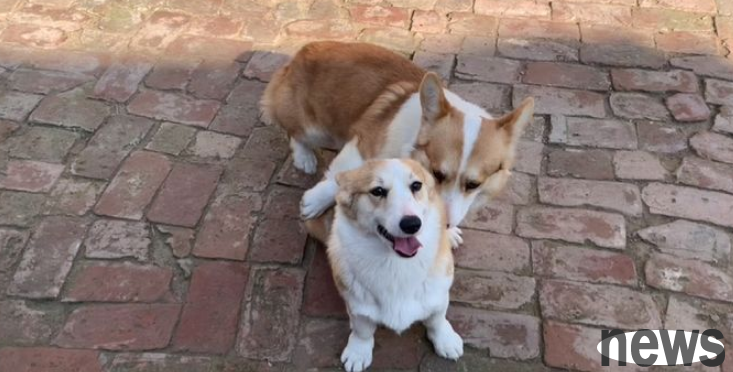The estrus period of dogs refers to the period when they have the ability to reproduce. It usually occurs between 6 months and 2 years old, and occurs 1 to 2 times a year, each time ranging from days to weeks. Different breeds and genders also have...
The estrus period of dogs refers to the period when they have the ability to reproduce. It usually occurs between 6 months and 2 years old, and occurs 1 to 2 times a year, each time ranging from days to weeks.
Different breeds and genders also have different time and frequency of estrus.
The estrus period has an impact on the physical and psychological aspects of the dog, so as a owner, you need to understand the signals and coping methods of the dog's estrus period to ensure their health and happiness.
What are the signals of dogs in estrus? Generally speaking, you can observe from the following aspects:
Physiological changes:
Bitches will experience vulva swelling and vaginal bleeding during the estrus, which is the most obvious signal. In male dogs, testicles and penis secretions will occur.
These physiological changes are normal and there is no need to worry too much, but you should pay attention to keeping the dog clean and hygienic to avoid infection.

Behavior changes:
Dogs will experience some abnormal behaviors during the estrus period, such as restlessness, more or less barking, loss of appetite or increase in appetite, polyuria or urinary incontinence, escape or wandering, attack or intimacy, etc.
These behavioral changes are caused by changes in dogs' hormone levels. You need to treat them patiently and understandably, do not punish or beat them, and do not over-poege or indulge them.
Malling Desire:
Dogs will have strong mating desire during estrus, which is driven by instinct.
The bitch will take the initiative to look for the male dog, or shake its buttocks to expose its vulva, indicating that the male dog will mate.
Male dogs develop a strong interest in the bitch, or perform sexual acts on other objects or animals.
These mating desires are normal, but you need to decide whether to let your dog mate, or take contraceptive measures to prevent unnecessary pregnancy or spreading the disease.
So, how should you deal with the dog's estrus? Here are some common suggestions:

Isolate dogs:
If you don't want your dog to mate, or want to control your dog's mating subject, you need to isolate them during the estrus period to avoid contact with other dogs of the opposite sex.
You can keep your dog at home or in a cage, or put special anti-matching pants or covers on them.
You should also be careful not to let your dogs go out without supervision, so as not to escape or be chased by other dogs.
Accompanying dogs:
Dogs will feel lonely and anxious during the estrus, so you need to accompany them more and give them comfort and care.
You can play, caress or talk with your dogs more to let them feel your presence and support. You can also give your dog some toys or snacks to distract them and relieve stress.
Consult with a veterinarian:
If you want your dog to mate, or want to permanently avoid dog estrus, you need to consult your veterinarian's advice and advice.
The veterinarian can help you determine the dog's estrus cycle and optimal mating time, or perform sterilization surgery on the dog to block the dog's reproductive ability.
Sterilization surgery can effectively avoid the dog's estrus and can also reduce the risk of dogs suffering from some reproductive system diseases, but it also has some side effects and risks, so you need to fully communicate with the veterinarian to understand the pros and cons of sterilization surgery before making a decision.